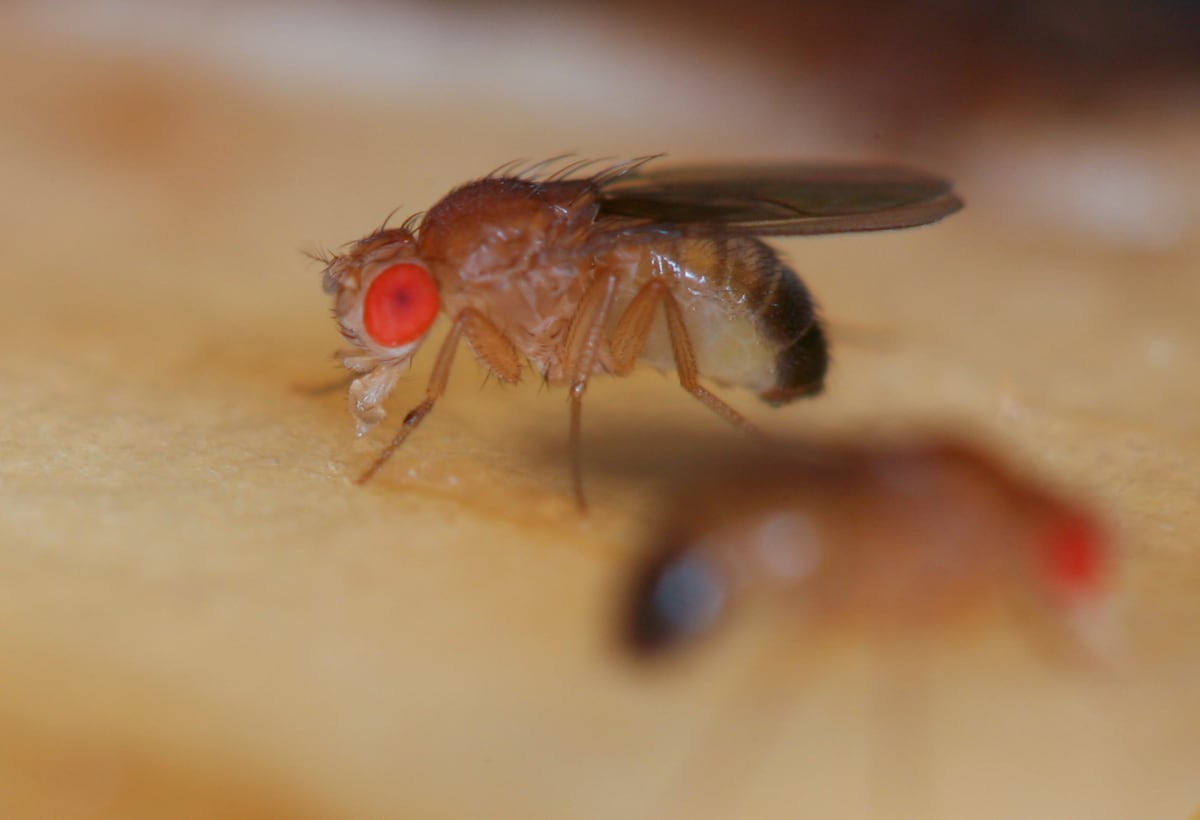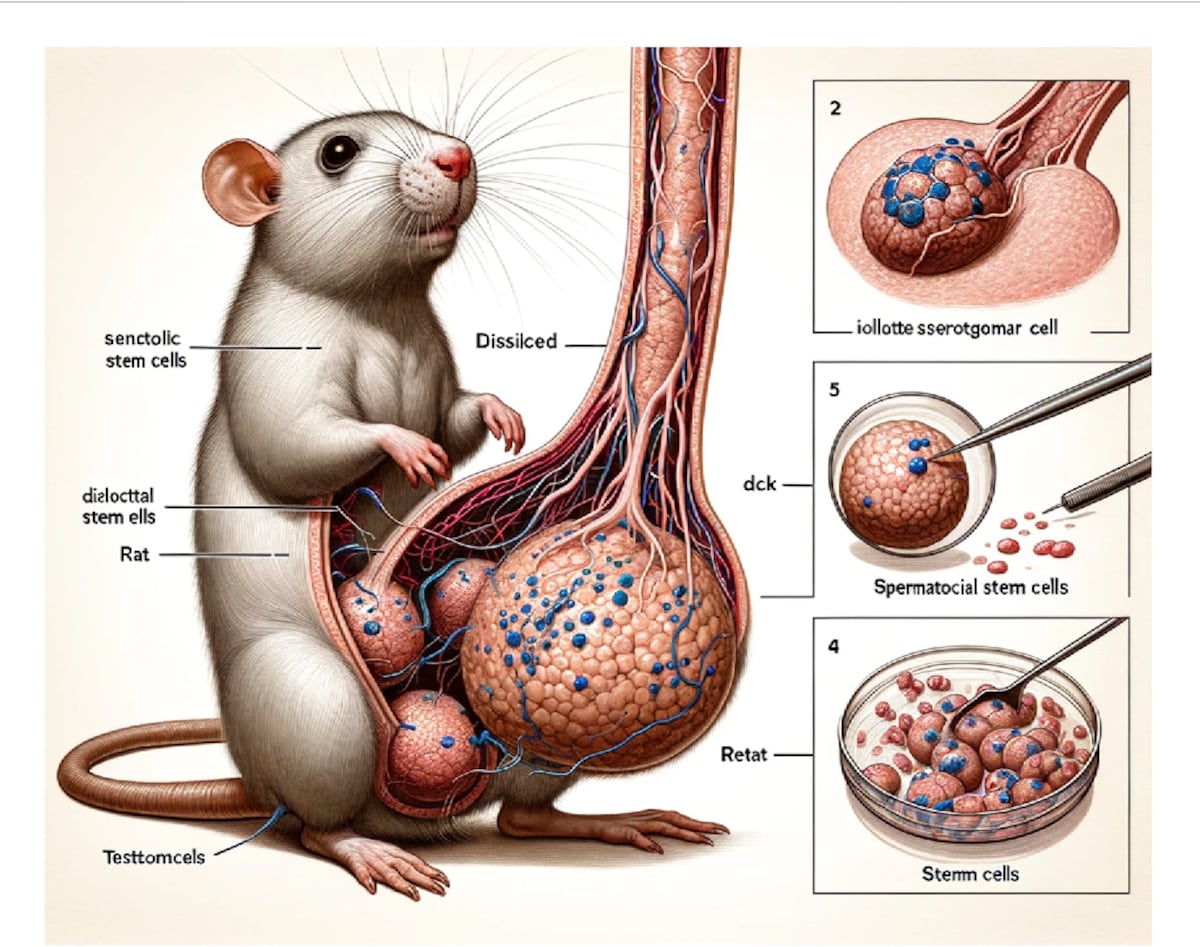The amount of coronavirus in wastewater has increased in line with the omicron wave. THL has been monitoring the emergence of the virus in wastewater since the spring of 2020.
“Bridge we are currently in an exciting situation as we monitor whether the amount of coronavirus in the wastewater is already starting to break down, ”says the leading expert Tarja Pitkänen From the Department of Health and Welfare (THL).
THL monitors the occurrence of coronavirus in wastewater across Finland. The study currently involves 14 wastewater treatment plants, and wastewater samples cover about 50 percent of the Finnish population.
In a situation where many coronary infections are detected by a home test and are thus exhausted from the confirmed infection rates, wastewater research provides more extensive information on the prevalence of the virus.
THL guidelines according to primary health does not usually have no need for a corona test by health care as long as general well-being is good.
Director of diagnostics at the Helsinki and Uusimaa Hospital District (Hus), among others Lasse Lehtonen wrote on Twitter last week that wastewater monitoring is now a better indicator of the progress of the epidemic than the results of corona tests.
Wastewater monitoring started in the spring of 2020. THL’s latest figures from last Friday’s report. They show that the amount of coronavirus rna detected in the water in the area of the treatment plant 14 has increased according to the omicron wave.
The graphics reveal that during the microwave, wastewater monitoring has also caught a lot of infections that have not been tested.
According to Pitkänen, an increase in the amount of corona virus detected in wastewater means an increase in the number of infections.
“Of course, the number of viruses in the wastewater had been rising throughout the fall. Right now, we’re waiting to see if the trend turns around. The omicron wave has lasted for five weeks, especially in southern Finland, so it should start to decline, ”says Pitkänen.
On the other hand, the amount of virus in the wastewater starts to decrease with a delay, because even after the disease has recovered, it is estimated that it will excrete the virus in 2-3 weeks.
Because According to Pitkänen, monitoring has been carried out almost throughout the epidemic, providing reliable information on longer-term changes. What makes the method reliable is that the test activity or capacity does not affect the results.
However, based on the amount of virus found in the water, it is not possible to reliably calculate how many Finns currently have a coronary infection. There are too many variables: the difference in corona transformations and the poor persistence of the virus in the environment.
For example, in the case of omicron transformation, it is not yet known how much rna is present in faeces and other secretions such as saliva.
“It may be that in a disease caused by omicron, the virus is not secreted as much for as long as that caused by Delta,” says Pitkänen.
“When the delta transformation came to Finland, we noticed that more rna began to appear in the wastewater, although the number of cases did not increase to the same extent. This is thought to be explained by the fact that the disease caused by the delta variant secretes more virus than the disease caused by previous variants. ”
According to Pitkänen, there is a move from the delta variant to Omikron, which means that less virus is excreted in the disease it causes.
Variables are also concrete things such as how close a corona-positive person lives to a wastewater treatment plant. There is no exact information on how many people live in the area of each treatment plant, Pitkänen points out.
“People also move from one locality to another and may also work in different locations.”
First the omicron transformation was identified on Independence Day Week in Espoo. THL got the result of this last week.
It can take time to identify the transformations currently observed in wastewater up to four weeks due to congestion.
“We’re trying to make up for the delay. At the beginning of the year, the EU provided support to member states to identify transformations from wastewater, and we are now developing the method. ”
.
#Coronavirus #graph #shows #amount #coronavirus #wastewater #increased #omicron #wave #water #showed #infections #tested







